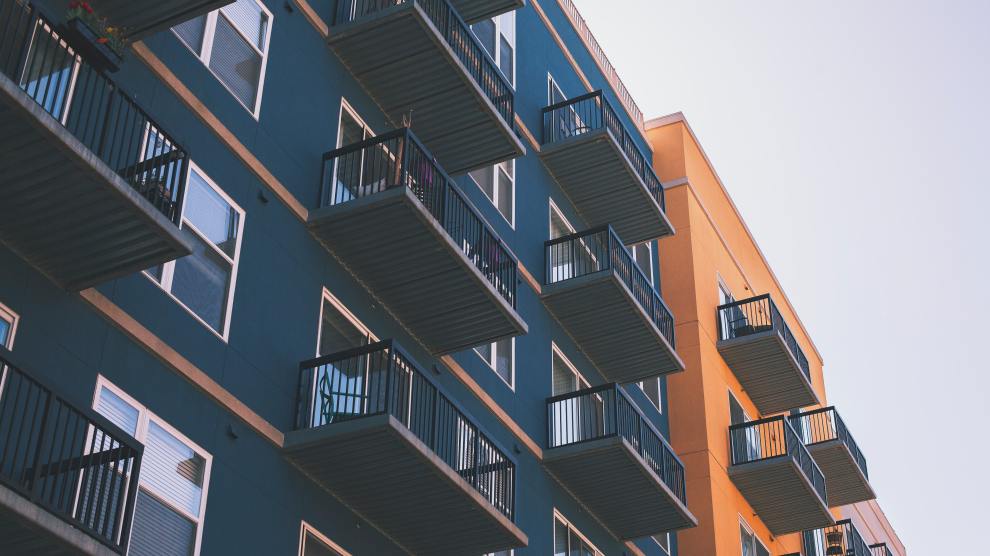The COVID-19 pandemic accelerated many demographic and lifestyle trends that have had a positive effect on the multifamily industry:
- Homeownership rates increased slightly last year, but are expected to level out
- Delayed marriage and childbirth – prolongs the number of years spent renting instead of owning
- Surge of young people living at home will eventually unwind, and in turn, create demand for multifamily
- Rising student debt levels diverts funds for a down payment
These trends, coupled with a deficit in supply in many metros, suggest that there will be strong demand for multifamily for the foreseeable future. As the country emerges from the pandemic and household formation begins to pick up again, the demand will be even greater.
Although the outlook for multifamily demand remains positive, there are some potential headwinds to keep in mind:
- The work from home revolution has given people the opportunity to move to lower cost cities
- Rising construction costs
- Gateway markets were more impacted by the pandemic than tech hub markets and are still recovering
- The desire for more space has led people to seek out homeownership and single-family rentals
- New supply is being delivered in Gateway markets that are still recovering
Another demographic shift that was accelerated during the pandemic is the demand for single-family rentals. The demand stemmed from a shortage of single-family houses to buy, coupled with surging property values. People are also seeking out more space due to many work-from-home policies that were implemented during the pandemic.
Overall, the demand for multifamily is expected to hold strong and even increase as the country emerges from the pandemic and young people begin to move out of their parents’ homes and form households. The potential headwinds to multifamily demand are something to keep in mind but are unlikely to offset the positive demographic shifts for the industry.
Read the full National Analysis of Demographic Shifts











Add Comment